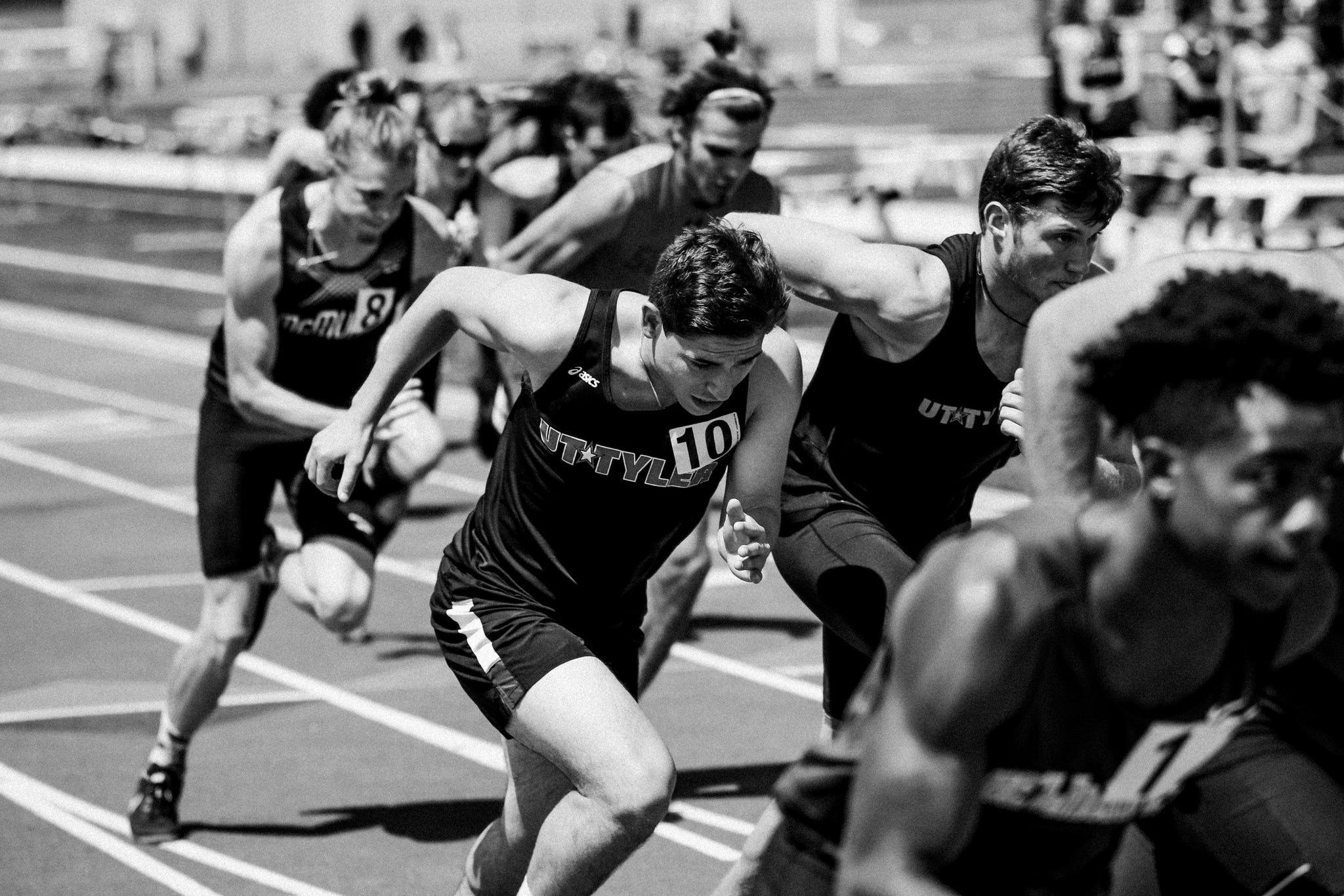
Muscle cramping during exercise
Alexandra Leon
Muscle cramps are very common in sports and leisure activities. In fact, a lot of injuries are due to muscle cramps or spasms like 50% of back pain. Cramps are actually healthy: as they protect us from injury. One example is coming close to twisting an ankle, but ending up walking the next day with a sore calf. Your calf contracted to make sure the ligaments of your ankles weren’t injured. In a healthy muscle, this contraction will relax within the next 48hrs following trauma because its guarding mechanism isn’t needed anymore; the joint is now safe.
However, for some people a muscle will stay contracted for longer than necessary leading our body to develop chronic muscle spasm causing pain or even nerve entrapment. One common example is bad posture leading to chronic pain. Once our body has gotten accustom to this state, it becomes increasingly harder for it to relax.
One reason that can precipitate cause individuals to fall in this cycle is improper nutrition. Two most important components when talking about muscle relaxation are magnesium and water.

Magnesium is a crucial mineral in our body as it takes part in numerous chemical reactions, such as regulating aspects of the neural system as well as bone formation. Within muscles, magnesium is the main contributor of muscle relaxation. When magnesium enters the muscle, it prevents the muscle from contracting and forces it instead to slowly relax.
Research has shown that magnesium deficiency is currently on the rise! The growing presence refined and processed foods augment the amount of magnesium used by our system. Daily quantities of magnesium must therefore constantly be taken to maintain normal body functions. Nevertheless, one of the major causes of magnesium deficiency is inadequate absorption. In other words, to ensure proper magnesium concentration, two main principles must be applied: increasing its intake and absorption.
In terms of intake, nuts, avocado, dark leafy greens and mackerel are known to be the best sources of magnesium! To optimize its absorption, magnesium needs to be in the presence of a fat, a protein, a fibers and a carb. For example, adding powdered magnesium to your morning milk (fat), mango (fiber and carb) and almond butter (protein) smoothie is great way to start an active day. Try to also avoid foods that prevent magnesium absorption such foods include coffee, chocolate, sugars, salts and transaturated fats. Finally, cleansing your digestive tract (intestine and kidneys) also helps absorption in general and would be greatly beneficial.
Hydration plays an important role in muscle relaxation, as it changes the dynamics of the electrolyte around the muscle, disrupting the conduction of signals through the nerve. Without water, the relax signal sent by the brain gets lost before ever making it to the muscle. The guidelines for hydration are 2.2L for females and 3L for males per day. In addition, you should add 1L of water per 30 min of moderate exercise!
Like magnesium, certain nutrients help water absorption, such as small amounts of sugar. Note that excess sugar plays the inverse role and limits water absorption. The recommended water to sugar ratio is around 20:1 so one 12g of sugar per cup (250mL) of water. A small amount of juice can be added to your water bottle, for example, can easily optimize your daily hydration.
|
Unsure if you are dehydrated?
Here are key signs:
|



